What is Blended?
At its core, blended learning combines the best of in-person teaching with online technology to personalize instruction. It is a practice designed to address individual student needs by providing each child access to rigorous grade-level content while also addressing gaps in prior learning. Although structures vary – from data-informed station rotation models to flipped classrooms – they all support personalized practice to mastery.
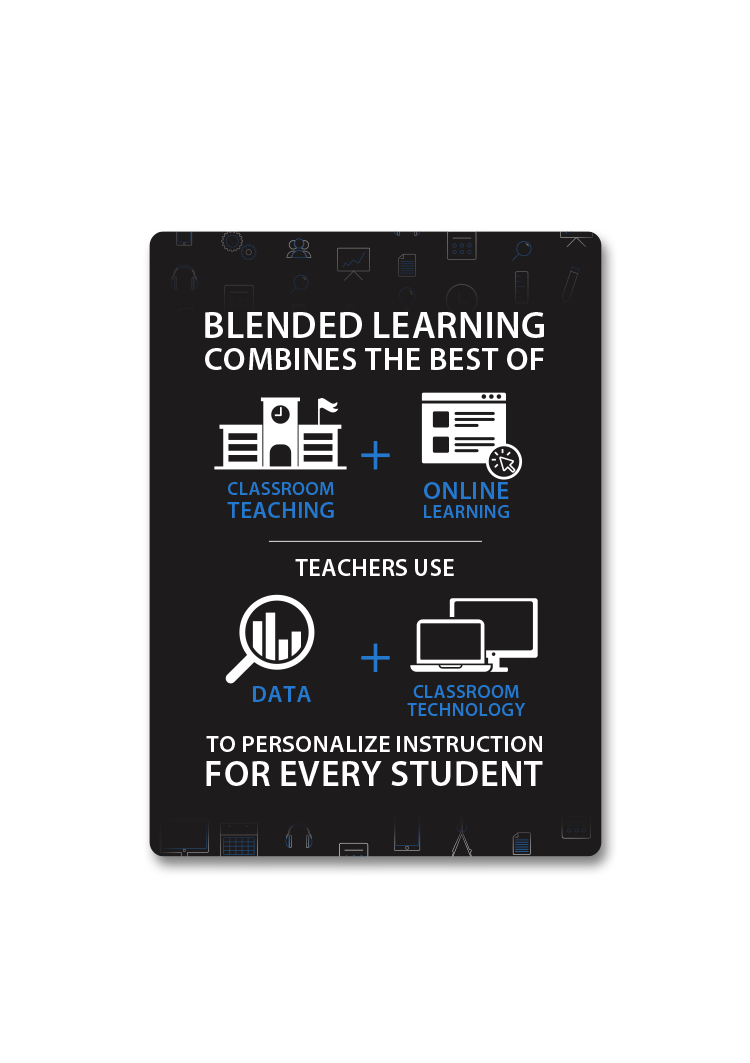
To understand what blended learning is; we believe it’s important to address what it isn’t.
Blended learning is not driven by technology. Instead, technology helps to inform the instructional decisions of both the teachers and students.
Blended learning is not a virtual classroom. However, students may engage in virtual learning as a component of the blended learning experience.
Pillars of high-quality blended learning
All of our work is aligned with blended learning best practices captured by the pillars of our Raising Blended Learners Implementation Continuum.
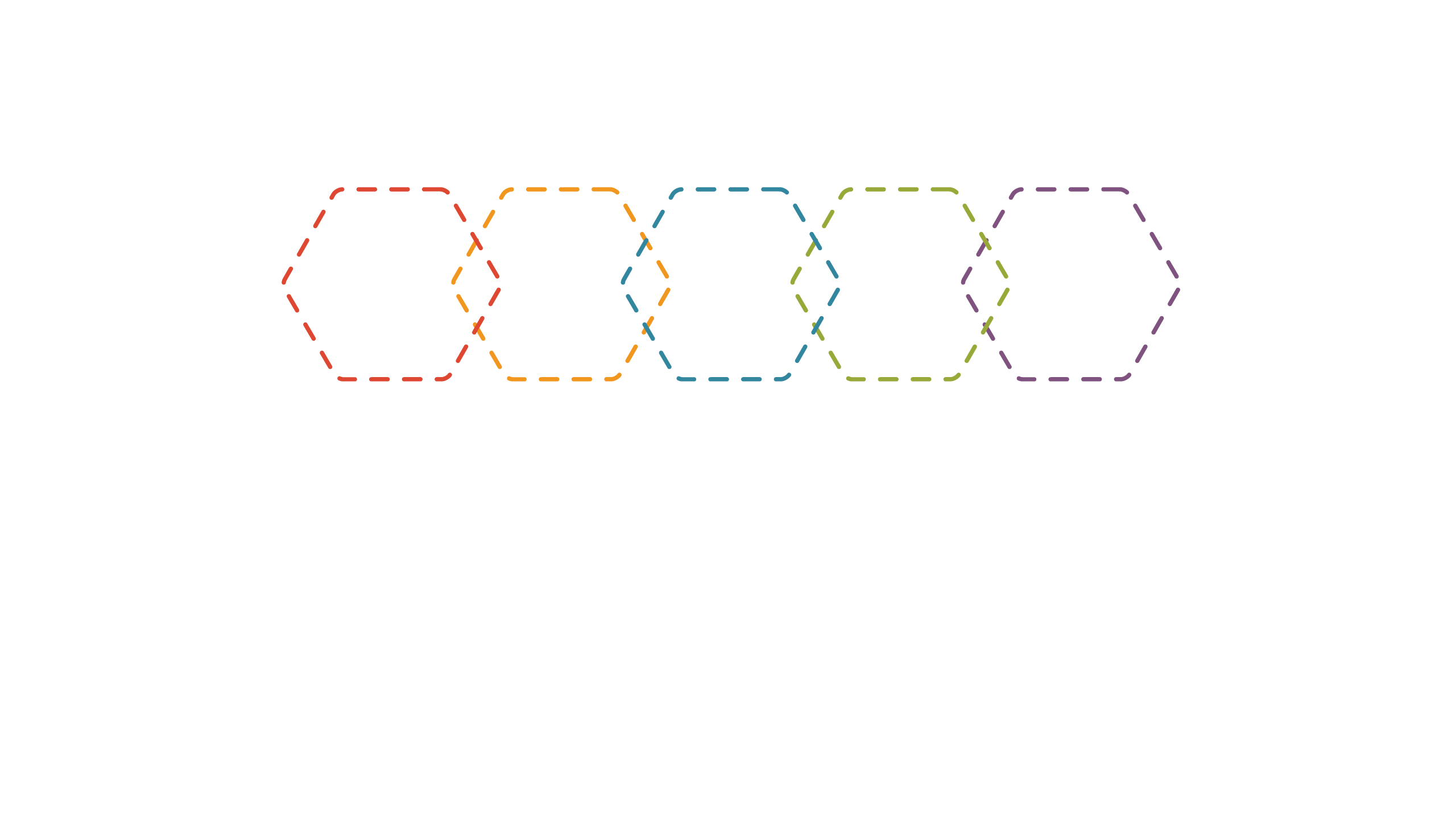
Pillar 1: Assessment & Data Driven Instruction
Teachers and instructional leaders use a systematic approach to assessment and data-informed teaching to design and deliver instruction based on students’ specific learning needs, monitor student learning, and provide feedback to students.
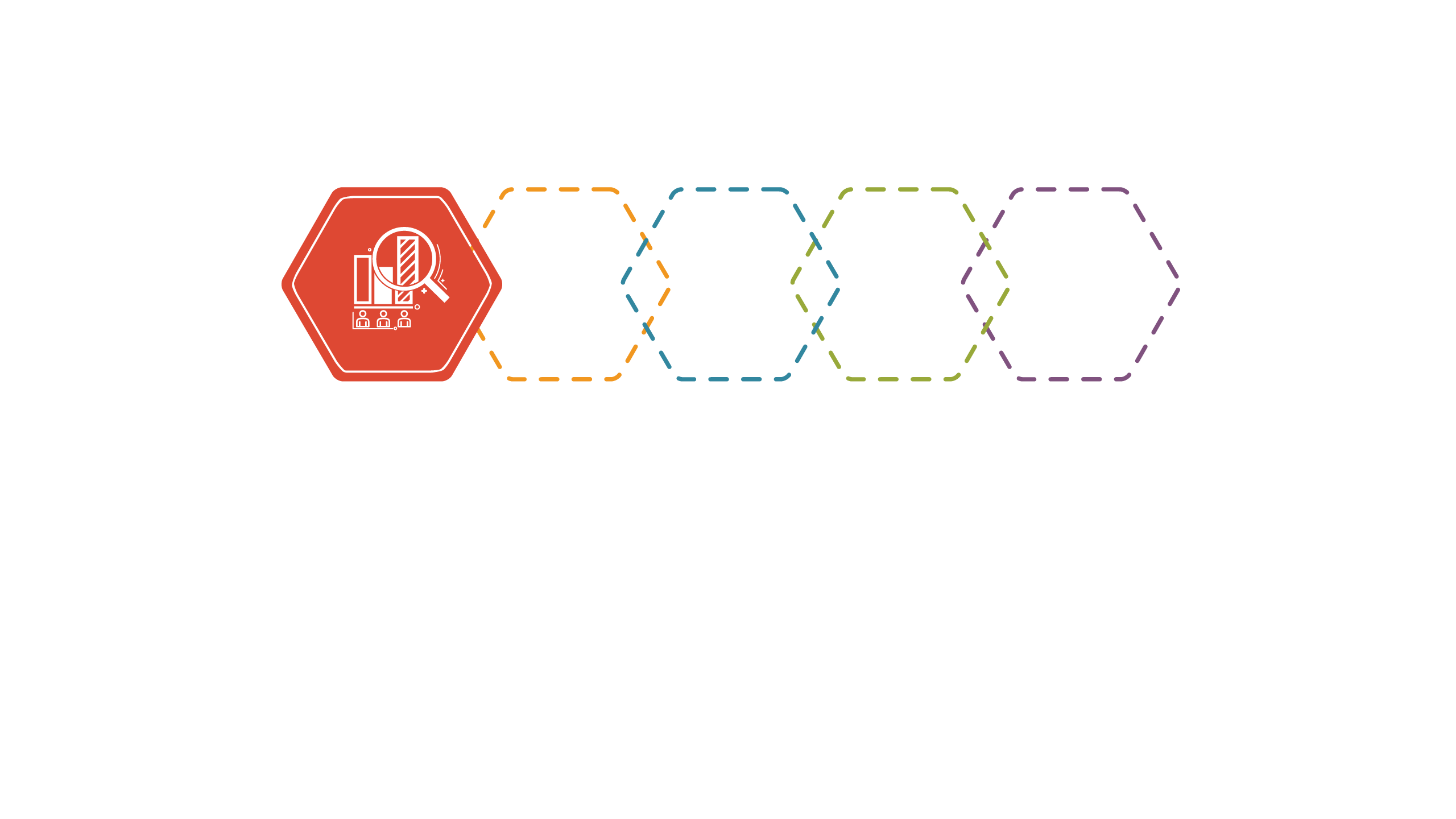
Pillar 2: Personalized Instruction
Teachers and instructional leaders use a systematic approach to assessment and data-informed teaching to design and deliver instruction based on students’ specific learning needs, monitor student learning, and provide feedback to students.
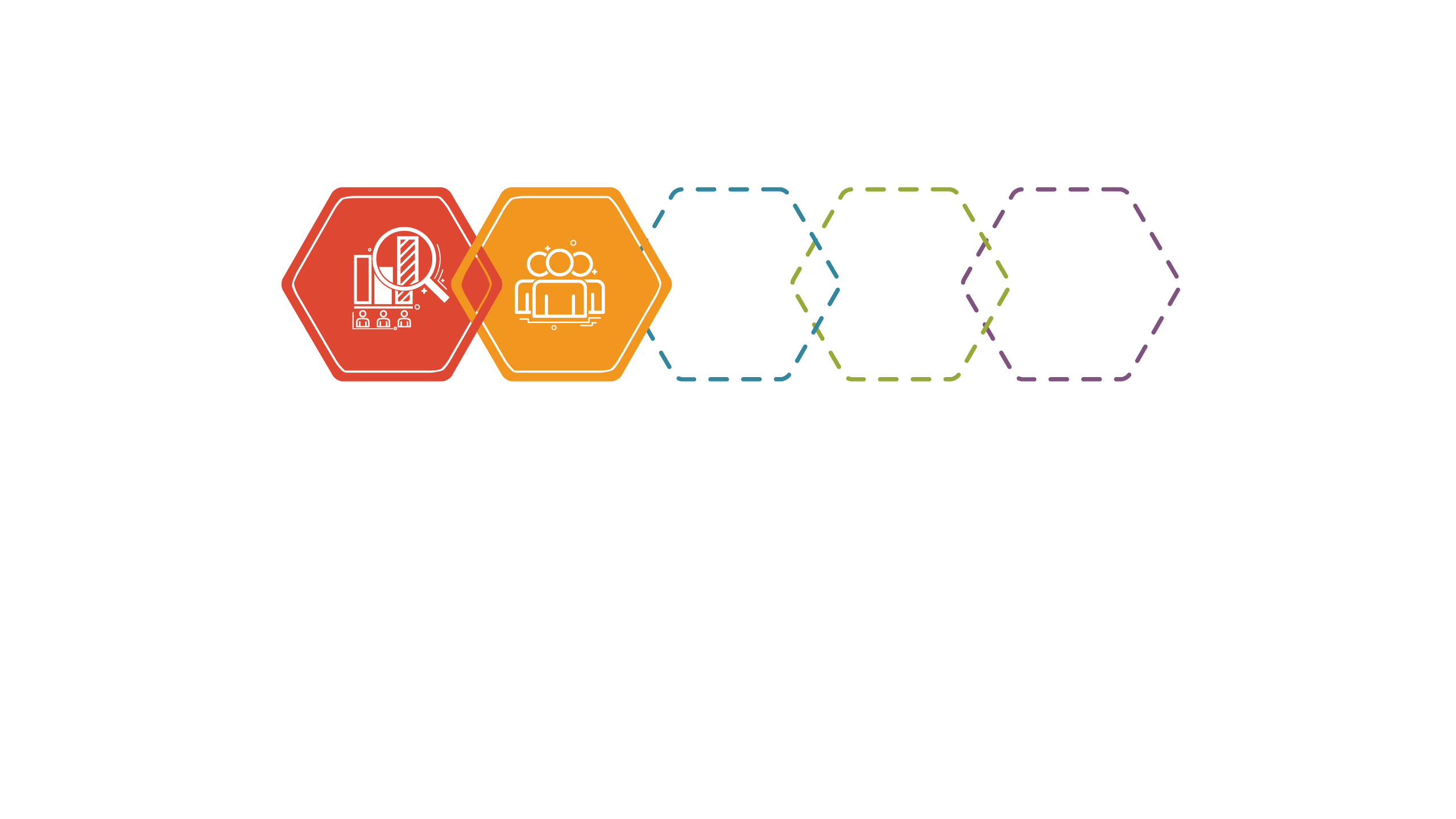
Pillar 3: Student Agency
Students have control, autonomy, and power over their learning experiences in their schools. Student agency is manifested through goal setting and feedback cycles, input in assessment and instructional decisions, and opportunities for self-advocacy.
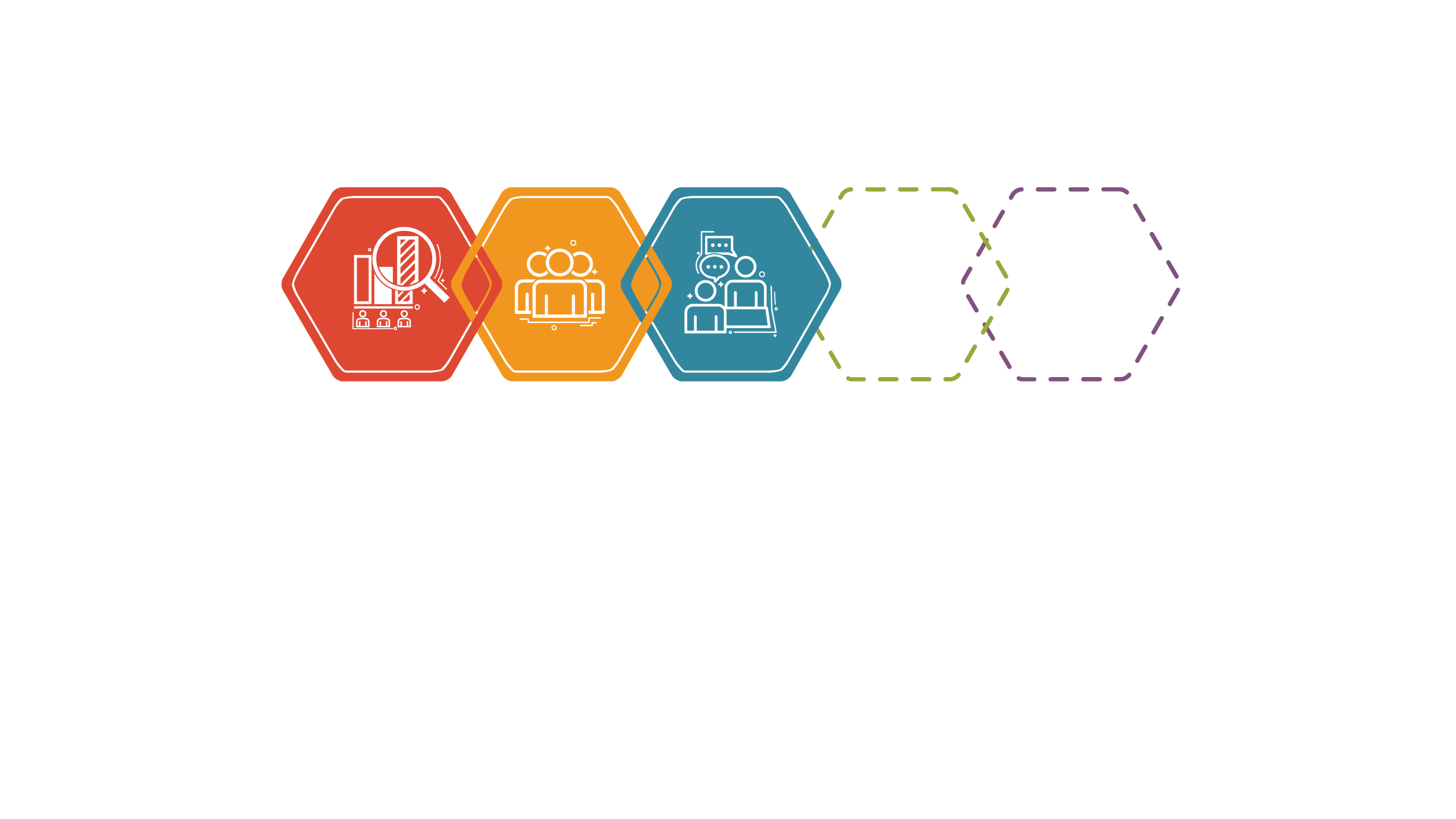
Pillar 4: Relationships
Students develop positive, collaborative relationships with teachers, other adults/mentors, and peers, focused on achieving high expectations for academic and personal growth.
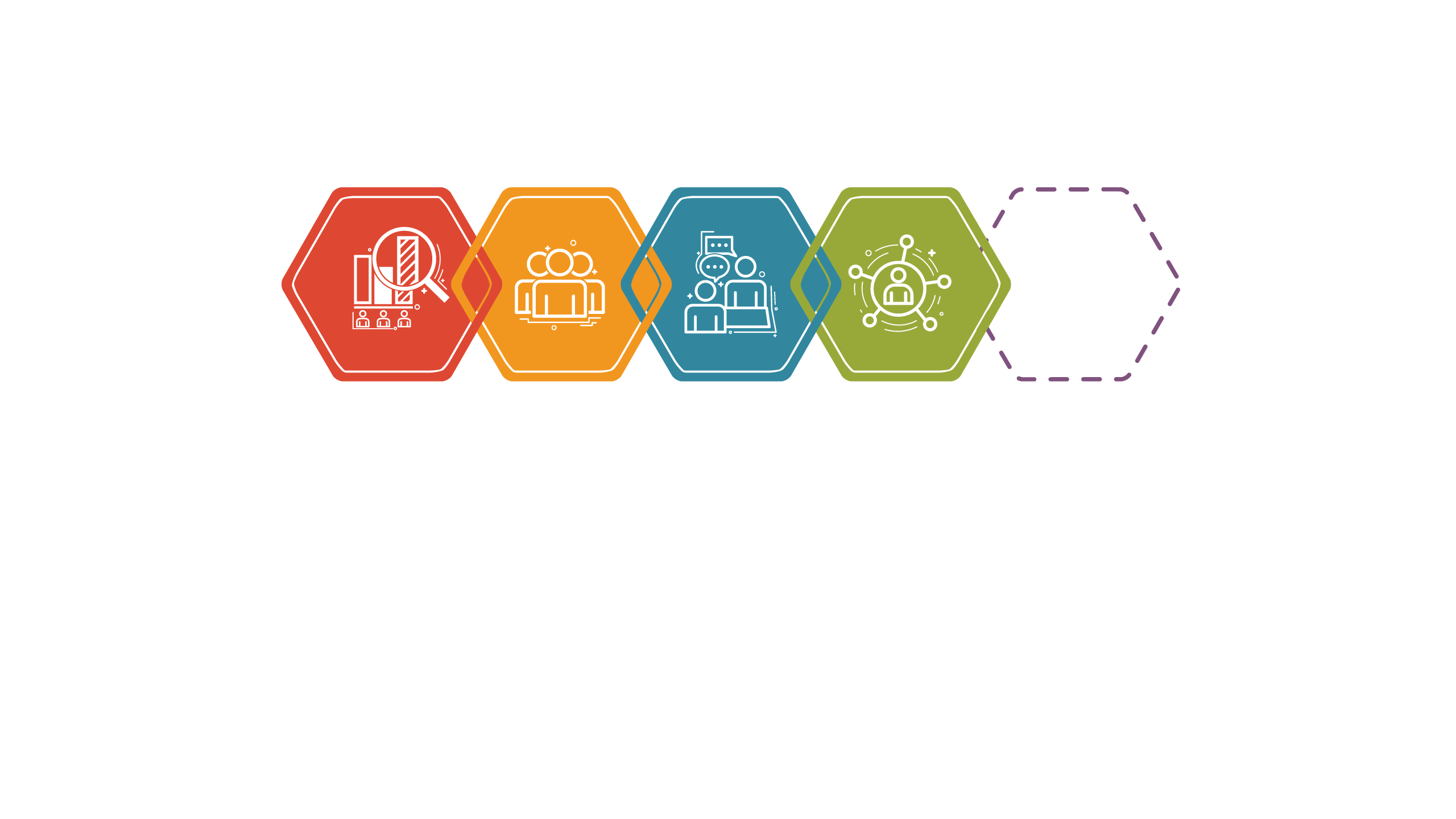
Pillar 5: Rigor
Students actively engage in lessons, think critically, and do the heavy lifting on content that is grade-level, college-ready, or student-appropriate, and continually practice and receive feedback until mastery is demonstrated.
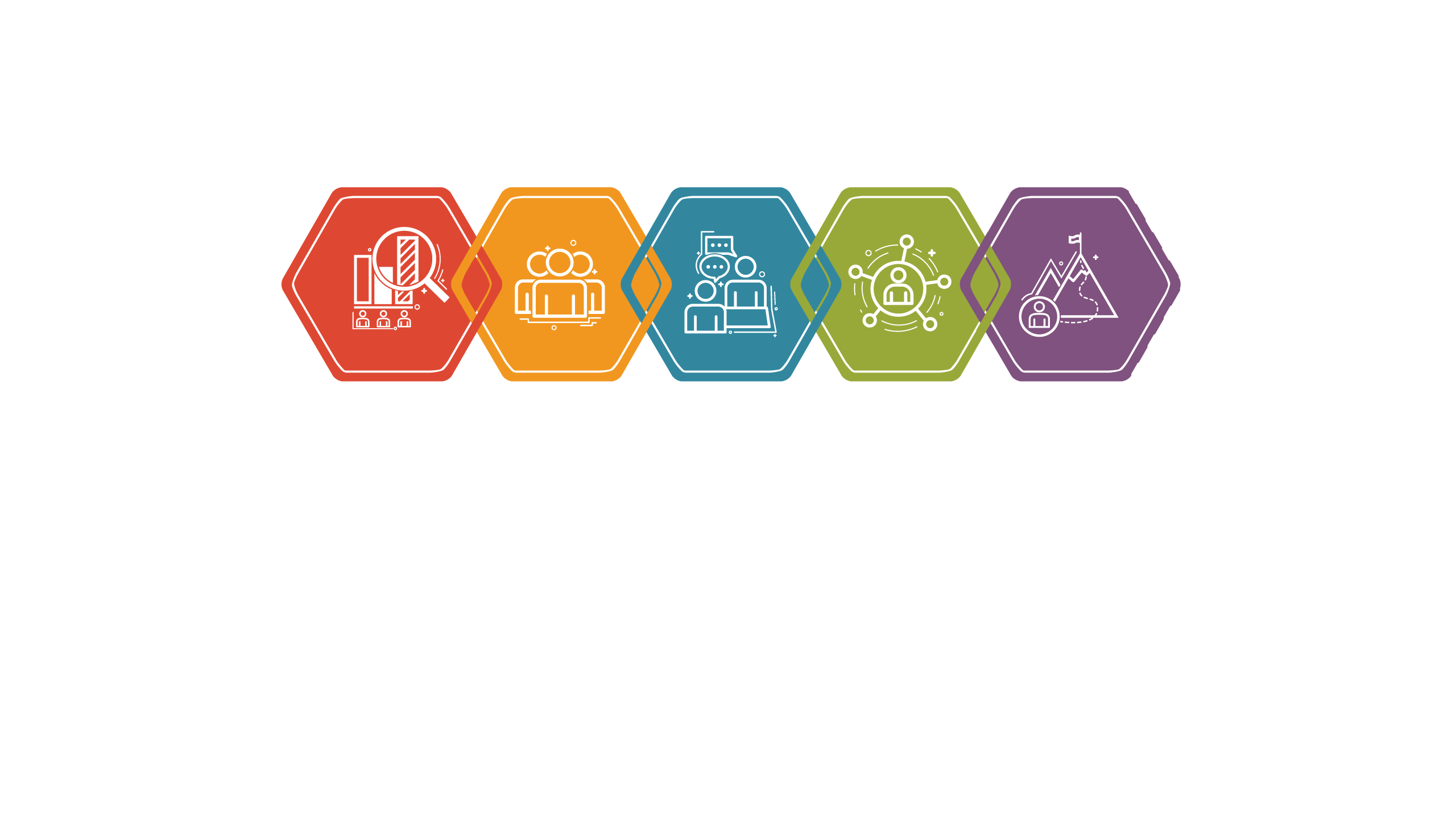
**These definitions and our continuum were developed in partnership with the CA Group and informed by the following sources with support from McRel International; Raising Blended Learners’ Demonstration Site Implementation; “The Influence of Teaching Beyond Standardized Test Scores: Engagement, Mindsets, and Agency” Ronald F. Ferguson with Sarah F. Phillips, Jacob F. S. Rowley, and Jocelyn W. Friedlander, Harvard University, October, 2015; TNTP Blended Core Teaching Rubric ; The Dallas ISD PL Coaching and Development Rubric.
